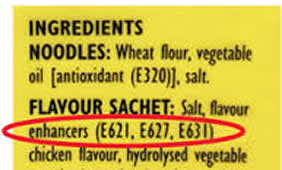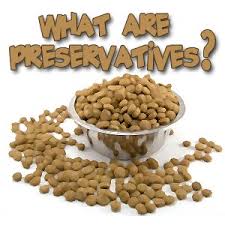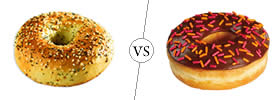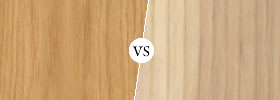Difference between Preservatives and Additives
Key Difference: Additive is a substance that is added to another substance in order to affect the characteristics of that substance. Generally, they are added to improve the characteristics (flavor, color, shelf life, etc.) of the substance. Preservative is also a type of additive which is added to the substance in order to prevent or delay spoiling.

Additives and Preservatives are generally used in context to food. Food additives are substances that are added to food in order to affect the characteristics of the food. These characteristics are generally related to flavor. They aim to preserve flavor or improve its taste and appearance. Preservatives also fall in the category of additives. They are added in order to preserve the food.
United States Food and Drug Administration (FDA) defines additives as “any substance, the intended use of which results or may reasonably be expected to result, directly or indirectly, in its becoming a component or otherwise affecting the characteristics of any food.”
They can be broadly classified into two categories –
Direct Additives –they are added to foods
Indirect Additives- they are those to which the food is exposed
Anti-Oxidants are used as additives to prevent spoilage, flavor changes, and loss of color caused by exposure to air. Emulsifiers are used to keep water and oil mixed together. Polysorbate 60 and 80 are used in coffee lighteners and artificial whipped cream. Similarly, many additive substances are also used as thickening agents
 Preservatives are food additives that are added to food items in order to preserve them for spoiling. Salt has been used as a preservative since a long time. Salt kills bacteria that can be harmful for the substance. Pickling is another preservative technique that has been used since a long time. Preservatives can be obtained from natural sources like salt, sugar, vinegar and citrus juice or can be human-made or synthetic. Most of the preservatives focus on reducing or preventing the growth of fungi, moulds and yeasts.
Preservatives are food additives that are added to food items in order to preserve them for spoiling. Salt has been used as a preservative since a long time. Salt kills bacteria that can be harmful for the substance. Pickling is another preservative technique that has been used since a long time. Preservatives can be obtained from natural sources like salt, sugar, vinegar and citrus juice or can be human-made or synthetic. Most of the preservatives focus on reducing or preventing the growth of fungi, moulds and yeasts.
Thus, one can refer preservatives as a type of additives for extending shelf life. Apart from this task, additives also include substances used for flavoring and coloring for improving taste and appearance. They also include nutritional supplements such as vitamins and minerals.
Comparison between Preservatives and Additives:
|
|
Preservatives |
Additives |
|
Definition |
Preservatives are food additives that are added to food items in order to preserve them for spoiling |
Additive is a substance that is added to another substance in order to affect the characteristics of that substance. Generally, they are added to improve the characteristics of the substance like flavor. |
|
Purpose |
To avoid spoilage of food |
To maintain the consistency or texture To delay or prevent spoilage To enhance flavor, texture or color To improve the nutritional value To retain the nutritional value |
|
Chemical types |
Benzoates such as benzoic acid Nitrates like sodium nitrate(NaNo3) Sulphites such as sulphur -dioxide(so2)etc.
|
Artificial flavors (e.g. aspartame), colors (e.g. Red 40, Yellow 5) |
|
Natural Type |
Rosemary Extract can be used to prevent the oxidation of the food. |
Bright purple beetroot juice can be added to products such as sweets, drinks and yogurts for color. |
Image Courtesy: choice.com.au, examiner.com









Add new comment